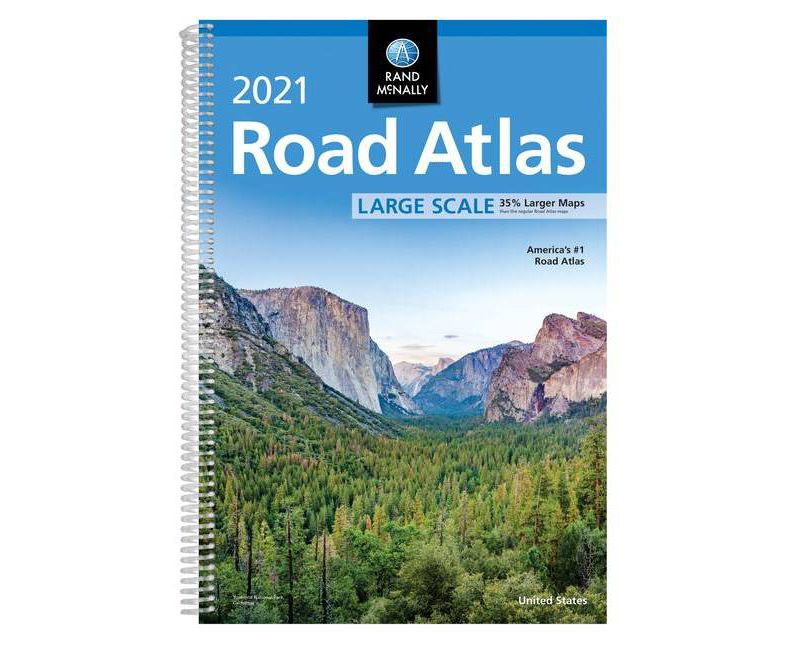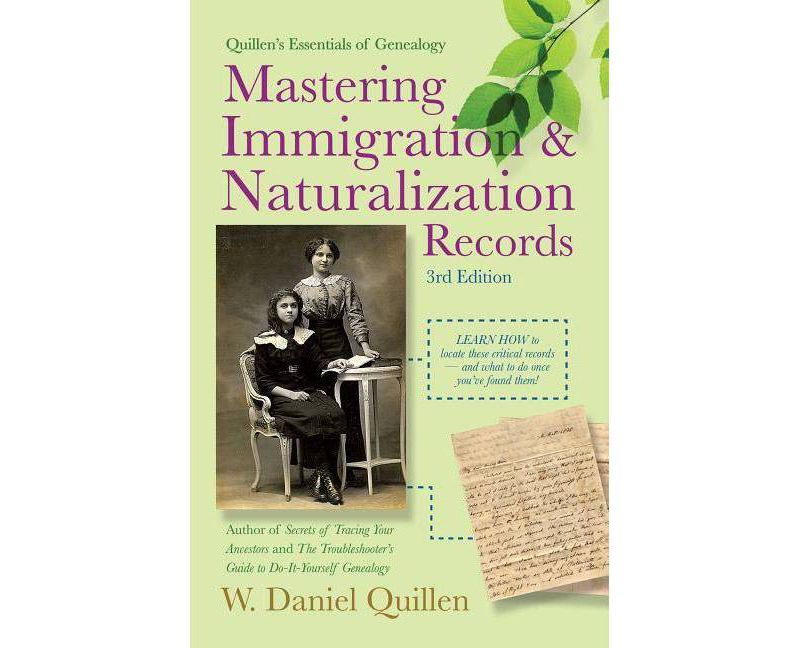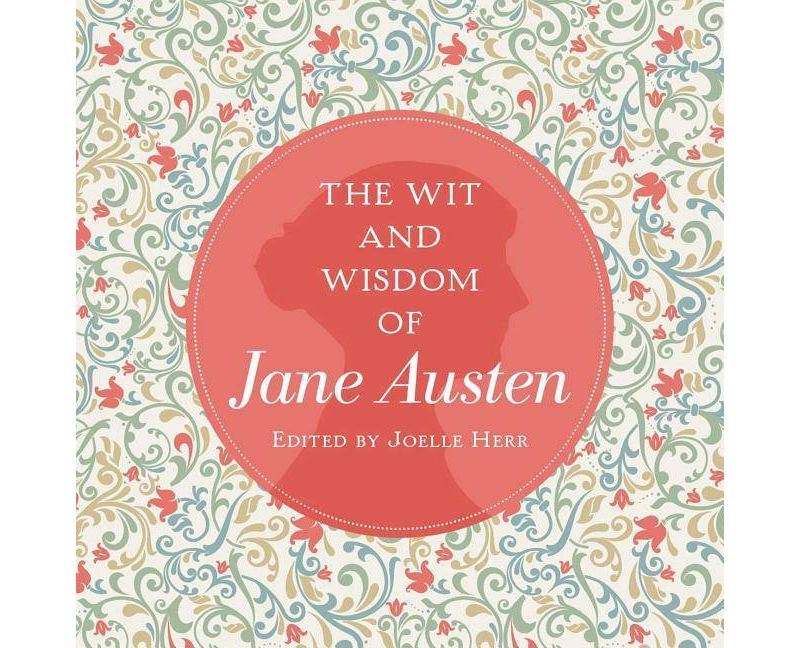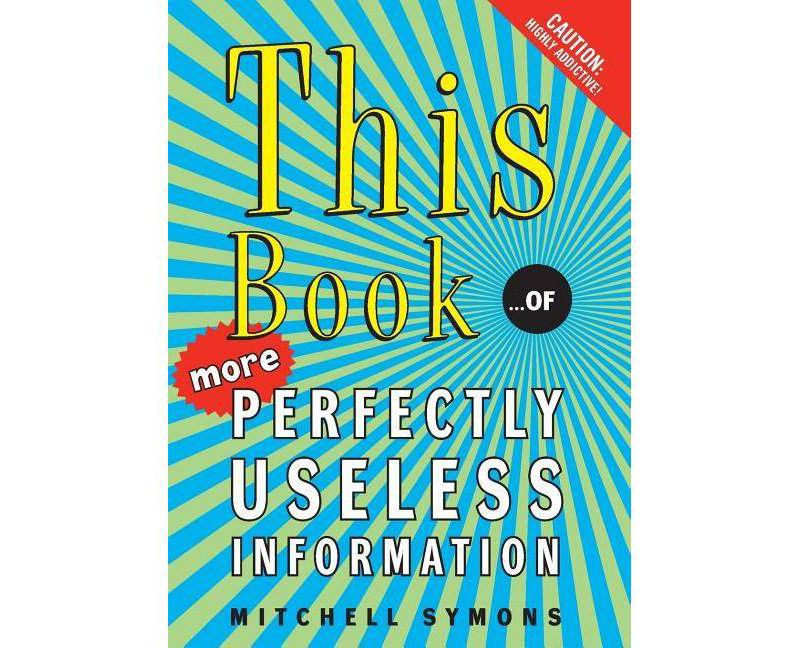Trusted shipping
Easy returns
Secure shopping
Buy Macquarie Atlas of Indigenous Australia - 2nd Edition by Bill Arthur & Frances Morphy (Hardcover) in United States - Cartnear.com

Macquarie Atlas of Indigenous Australia - 2nd Edition by Bill Arthur & Frances Morphy (Hardcover)
CTNR68899 09781760556587 CTNR68899WERA
2027-01-05
/itm/macquarie-atlas-of-indigenous-australia-2nd-edition-by-bill-arthur-frances-morphy-hardcover-68899
USD
36.57
$ 36.57 $ 38.49 5% Off
Item Added to Cart
customer
*Product availability is subject to suppliers inventory
SHIPPING ALL OVER UNITED STATES
100% MONEY BACK GUARANTEE
EASY 30 DAYSRETURNS & REFUNDS
24/7 CUSTOMER SUPPORT
TRUSTED AND SAFE WEBSITE
100% SECURE CHECKOUT
Number of Pages: 304
Genre: Reference
Sub-Genre: Atlases, Gazetteers & Maps
Format: Hardcover
Publisher: Macquarie
Age Range: Adult
Author: Bill Arthur & Frances Morphy
Language: English
Genre: Reference
Sub-Genre: Atlases, Gazetteers & Maps
Format: Hardcover
Publisher: Macquarie
Age Range: Adult
Author: Bill Arthur & Frances Morphy
Language: English
Book Synopsis
'The Macquarie Atlas of Indigenous Australia has a place on the work table of every Australian student, on the coffee table of every Australian home and on the desk of every Australian political representative.' Senator Patrick DodsonThe Macquarie Atlas of Indigenous Australia is a unique tool for exploring and understanding the lives and cultures of Australia's First Peoples.An atlas can represent - in graphic form - a pattern of human activities in space and time. This second edition of the award-winning Macquarie Atlas of Indigenous Australia opens a window onto the landscape of Australian Aboriginal and Torres Strait Islander lives, from over 60 000 years ago to the present time.Each chapter has been extensively revised and updated by one or more experts in the field, under the general editorship of Bill Arthur and Frances Morphy of the Centre for Aboriginal Economic Policy Research at the Australian National University. The maps, which form the core of the book, are supplemented by explanatory text and numerous diagrams, photographs and illustrations, including Indigenous artworks.This book is a collaborative publication between the Australian National University (ANU), the Australian Bureau of Statistics (ABS) and Macquarie Dictionary.About the Author
BILL ARTHUR began researching Indigenous affairs in the early 1980s. Much of his initial work was land-related and was carried out for Indigenous organisations such as the Kimberley Land Council and Marra Worra Worra Aboriginal Corporation in Fitzroy Crossing. Since 1990, his research has focused more on issues of economic development, autonomy and policy for Torres Strait Islanders in the Centre for Aboriginal for Aboriginal Policy Research (CAEPR) at the Australian National University, and with the Australian Institute for Aboriginal and Torres Strait Islander Studies. Bill initiated the first edition of the Atlas at CAEPR, and was a Visiting Fellow there during the preparation of this second edition.FRANCES MORPHY is an honorary Associate Professor at the Centre for Aboriginal Economic Policy Research at the Australian National University. She was, with Bill Arthur, one of the general editors of the first edition of the Atlas. Her research interests have encompassed linguistics, anthropology and anthropological demography in a variety of Australian settings, most particularly in north-east Arnhem Land where she has worked with Yolngu people since the 1970s. Her publications include 'Djapu: a Yolngu dialect' (in Handbook of Australian Languages, vol. 3, 1983) and she co-edited (with Benjamin R. Smith) The social effects of native title: recognition, translation, coexistence (2007) and edited Agency, contingency and census process: observations of the 2006 Indigenous Enumeration Strategy in remote Aboriginal Australia (2008).








































